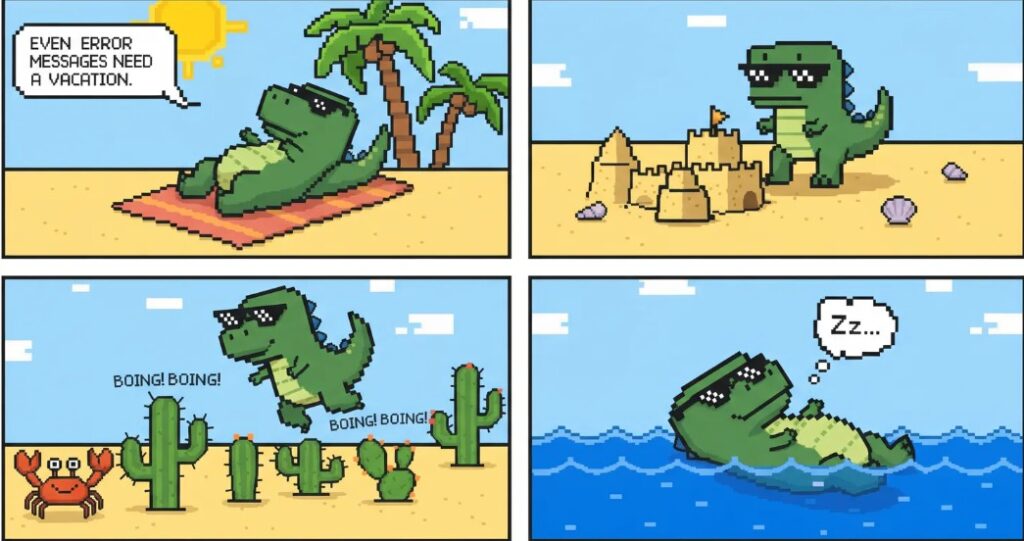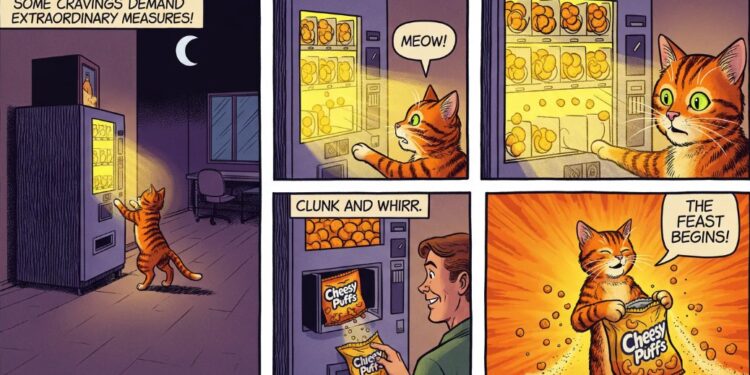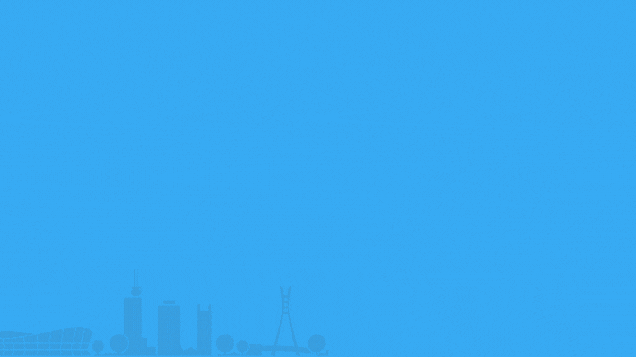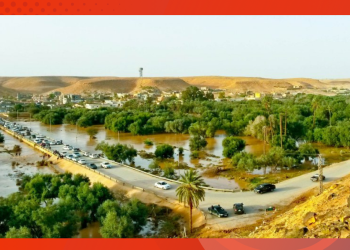Google has taken a bold step forward in the realm of image generation with its new model, Imagen 4. The company claims that this version not only produces stunning images but also displays text with a precision many thought impossible in a machine-generated image. This advancement matters greatly for the hundreds of creatives and designers who have long struggled with AI-generated typography that often looked more like random scribbles than meaningful words.

The Text Revolution in AI Images
At its core, Imagen 4 excels in reproducing fine details. Google has provided sample images that show a whale leaping from the water and a chameleon rendered with realistic textures. The true novelty lies in the model’s ability to render text. The model handles intricate fonts and tiny lettering with clarity, making it a promising tool for everything that depends on legible typography. Google explains that the AI nails artistic detail while keeping letter shapes intact and spaces clear.
For anyone who has used AI image generators before, this solves one of the most frustrating limitations. Previous models could create beautiful landscapes, realistic people, and fantastic creatures, but would turn simple text into an incomprehensible mess of characters that resembled alphabet soup more than actual words.
Design Implications That Matter
The implications for design are significant. Designers have for years used image AI to prototype visual content. However, when the result included garbled words or misaligned letters, extra time was spent fixing the outputs. With Imagen 4, the process becomes leaner. Creatives in marketing, advertising, and web design can now experiment with layouts that integrate imagery and text directly from the AI. This can potentially reduce the lag between creative ideation and final execution.
This isn’t just a technical improvement—it’s a workflow revolution. The ability to generate images with proper text means designers can:
- Create complete mock-ups in one step instead of cobbling together various elements
- Test different text treatments within visuals without manual intervention
- Produce client-ready drafts much faster than before
- Focus more on creative direction rather than technical corrections
Real-World Applications
There are many scenarios where Imagen 4 can change the workflow for designers and communicators:

Greeting Cards and Invitations: Imagine a small business owner creating personalized cards for clients. With this tool, the text on the card appears crisp and professional. The AI can generate backgrounds that match the tone and theme while the typography remains clear and elegant.
Posters and Promotional Material: Advertisers and small agencies often need quick yet impactful designs for events or campaigns. Imagen 4 offers an avenue to produce visuals that incorporate titles and slogans without the usual manual text editing that follows AI image generation.
Comic Panels and Storyboards: Comics have always required a careful integration of art and dialogue. With Imagen 4 handling even the tiniest fonts, storytellers can use the model to quickly draft comic panels that are both artful and readable.
Web and Social Media Design: For web designers who craft banner images or social media posts, combining visuals with legible text can be a repetitive chore. Now, with AI producing images that combine both aspects seamlessly, the creative process may speed up, freeing time for concept generation and user interaction improvement.
Where You Can Use It Now
The model is available in several Google services. It can be found in the Gemini app, the Whisk platform, Vertex AI, and various Workspace applications such as Slides, Docs, and Vids. There is also talk of a fast variant soon to be released. This variant is said to be up to ten times faster than its predecessor, Imagen 3. Faster rendering combined with improved quality opens up many opportunities in fast-paced environments where time is of the essence.
Beyond Just Another Update
Looking ahead, the arrival of Imagen 4 stands as a sign of how AI technology continues to merge creativity with practicality. While many have been enamored with the ability of AI to create art from a few keystrokes, the ability to produce legible and artistically consistent text bridges the gap between creative ideas and commercially viable products. This breakthrough may well set a new standard that other AI developers will soon have to measure up to.
Google’s Imagen 4 is more than just an incremental improvement. It is a statement that the tools we use to create visuals are finally catching up with the high standards expected in human-made art. For professionals in design, marketing, and various creative industries, this represents a step toward a future where artificial intelligence is not just a helper but a true creative partner.
There is much more to consider about the future of AI in design. What new applications might emerge as AI becomes more adept at integrating text and visuals? How will this affect the broader industry of digital content creation? These are questions that will surely drive further innovation in the years to come.















Can’t wait to try it out.